Starting a new sewing project with a fresh pattern is always fun but when your creation doesn't fit right it spoils the vibes. Here's a few tips from my experience that will help you out!
Importance of Accurate Body Measurements:
Accurate body measurements play a key role in achieving a great fit. You've got to be honest with yourself and measure focusing on key areas such as the chest, waist, and hips. Don't forget other measurements like across back, shoulder to wrist, shoulder to elbow, nape to waist - this is where having friends is helpful, as these useful measurements like the across back are a little tricky to do by yourself.
Relying solely on your standard dress size will nearly always not yield a well-fitted garment. In fact, forget about your 'retail' size, just work on your measurements. The whole point of sewing is to make things that fit you and not what some store tells you that you should fit.
Make it a habit to use your latest body measurements, and invest in a reliable tape measure like the Singer 60" tape measure for accuracy. Remember, tape measures can stretch over time, so ensure yours is still reliable.

Choosing the Perfect Pattern Size:
Sewing pattern designers have the freedom to develop their own size charts, which may differ from standard store sizing. Consistency within and across brands can also vary, making it crucial to refer to the provided size chart for each pattern. Match your measurements to the suggested size rather than adhering to your typical dress size. Pay attention to key details like waist length, hem length, sleeve length as well as the waist, hip and bust. Taking these into consideration will help you decide the size that's best for you. You should put that tape measure on the pattern too. Measure key areas on the pattern and see how they relate to your body. A great example of this is thigh circumference, this measurement right here is sooo good for pants and jumpsuits. 
The Art of Pattern Alterations:
Discovering that a pattern doesn't align perfectly with your body shape shouldn't discourage you as it's normal. No sewing pattern can fit everyone perfectly straight out the gate. It's common to make changes such as blending sizes, adjusting length, or modifying elements like the neckline. The time to make alterations is before cutting into your fabric. If you know there is a standard alternation you always have to make you can always adjust this on the pattern first, remembering the implications that it can have on the other pattern pieces. Utilize tools like French curves for precise measurements, transforming a standard pattern into a custom-fit masterpiece.
You might want to make additional changes such as shortening the hem or narrowing the sleeve for example. A tracing wheel can help you to trace your original sewing pattern onto paper so that you can makes changes without permanently changing your original.
A Mock Up
 I know a lot of people don't like to hear this, but sewing a test garment first is the best way to access how a new garment is fitting. This test garment is the one you mark up and play with to see how it fits and what adjustment needs to be made. Yes, it takes more time, yes it delays the gratification of a finished garment, but you can make that pattern over and over again in confidence that the fit will be great as long as your measurements remain the same.
I know a lot of people don't like to hear this, but sewing a test garment first is the best way to access how a new garment is fitting. This test garment is the one you mark up and play with to see how it fits and what adjustment needs to be made. Yes, it takes more time, yes it delays the gratification of a finished garment, but you can make that pattern over and over again in confidence that the fit will be great as long as your measurements remain the same.
Understanding sewing pattern sizing in relation to your body is a the skill that makes your clothes look the way you want them to be! Prioritize accurate body measurements in relation to the pattern for successful garment sewing.
Sew something sensational!

